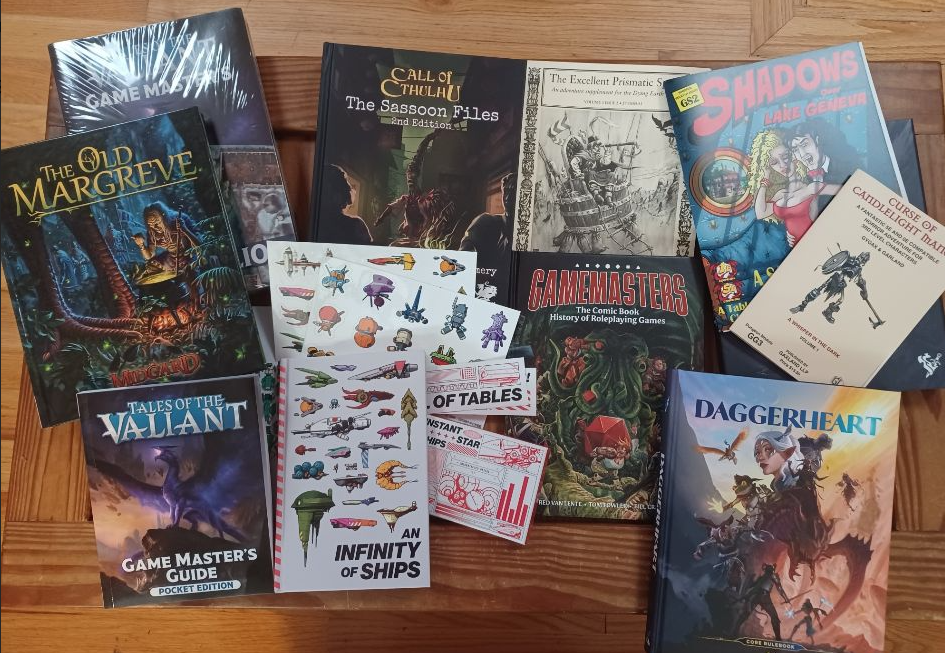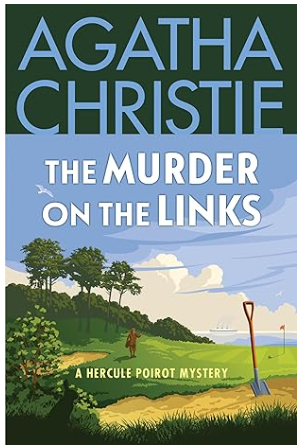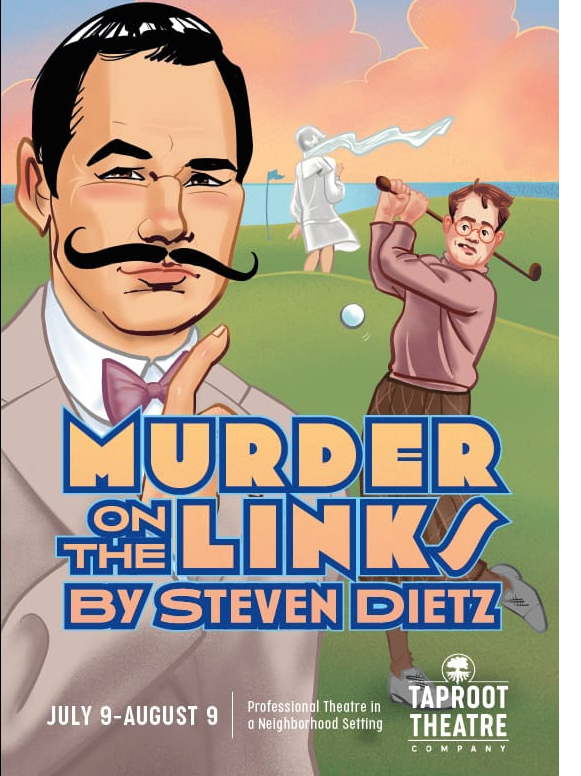OK, on the local ballot there are only six things, so let's try to do them in one swell foop. The bulk of these are replacements - open positions due to the office-previous holder moving on.
King County Proposition No. 1 Parks, Recreation, Trails, and Open Space Levy. I like parks. You like parks. The Stranger and the Times like parks. No one has even submitted an argument against it. This is a replacement of existing levy on property taxes to maintain parks. Sure. Go with Approved.
King County Executive Long-term King County Exec Dow Constantine has stepped down to oversee Sound Transit, so this is an open slot without an incumbent. The two front running candidates in the run are former Bellevue Mayor Claudia Balducci and Grimay Zhailay, of the King County Council, Both are impressive, both have endorsements, and both are on the progressive side of the spectrum. The candidate that is the better centrist moderate was John Wilson, who ran into legal trouble from stalking his ex-wife and has dropped out following his arrest. The rest include Amiya Ingram, an independent who writes a damned poetic Voters' Guide, Bill Hirt, a perennial who runs to point out the flaws in Sound Transit, Rebecca Williamson who tacks down the Socialist end of the spectrum, and Don L. Rivers, who is humbled to put forward his candidacy. There is also a gosh-honest endorsed Republican, Derek Chartrand, who wants to know why King County is wasting money when it could just build more jails.
I'd love to see a face-off between Claudia Balducci, who has the experience, and Grimay Zhailay, who is the new young hotness, but for the primary, I am going for Claudia Balducci,
King County Council District 5. King County District 5 is squarish lump of real estate that encompasses Renton, Kent, Seatac, Normandy Park, Des Moines and the southern part of Tukwilla. This is another replacement election, in that previous councilperson Dave Upthegrove left to become State Commissioner of Public Lands. And the roster is very strong with individuals with backgrounds in unions, local politics, and NGOs. That's the good stuff.
The bad stuff is ... well, there's an elephant in the room. A real political elephant. Steffanie Fain, is married to Joe Fain, a former Republican State Rep who stepped down after a rape accusation (after stepping down, they stopped the investigation, which is maddening - so we don't know what happened). The Times ignored the situation in their endorsement. The Stranger touched base on it briefly, then decided to endorse someone else. Ms. Fain packs a lot of heavy hitters in the Moderate/Liberal part of Democrat spectrum as far as endorsements. I literally don't know enough to give a firm opinion on all this. here, but I need to put it on the record.
Of the rest, I look at their Voter's Guide and what I can dig up. Angela Henderson has a strong union backing. Ryan McIrvin is a Renton Councilmember, as was Kim Khanh Van. Peter Kwon was one for SeaTac. All have a pretty respectable amount of accomplishments and endorsements. Ahmad Corner comes out the grassroots side of the equation, and stakes his claim on affordability and safety. This is a hard call, even at the primary level, but I'm going to suggest Ryan McIrvin.
City of Kent Position No. 6 OK, now we are getting into the weeds. Most of the urban blogs and magazines don't get this far south, so we're pretty much relying on what gets said in the Voters' Pamphlet and on their web sites (and yes, I am judging you on your web skills). All was to make Kent safe, happy, and affordable. I'm looking out primarily for red flags and dog whistles. But, if you tend towards the Progressive end of our spectrum, check out the Progressive Voters Guide, where you can dial down to the School District level. It's actually kinda impressive.
Anyway, City of Kent Position No. 6. At this level, everyone is an amateur. And that's great. Some have some experience under their belts. Some are small businessfolk as their day job. Some have been living in Kent all their lives. Some are first-generation citizens, their parents having come to one of the most diverse towns in Washington State. And that's where the goo-goo part of my civics goes out to them (Goo-goo is a Chicago term, usually used disparately, for "good-government"). Sharn Shoker is an extremely strong candidate, but for the primary I'm going to suggest you look at School Board Director Andy Song.
Kent School District No. 415 Director District No.4 This is the trailing end of the ballot, where no one but the Lovely Bride and a few friends will be paying attention. And we actually have someone running who is an incumbent! Well, kinda. Teresa Gregory was put into the position to replace Awale Farah. for just a little while. But, so far so good, so yeah, let's keep her.
Kent School District No 415 Director District No. 5 is a choice between two Lauras - Laura Williams and Laura Jensen. I hope both of them will be on the November ballot, just for the confusion factor. I'd go with Laura Williams, but that's just me.
OK, that's it. We can now return you to your regularly-scheduled theater, book, and game reviews.
More later,






